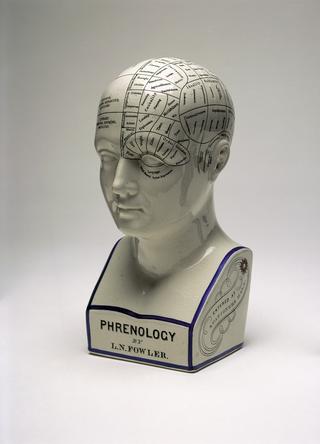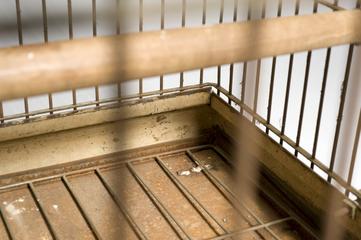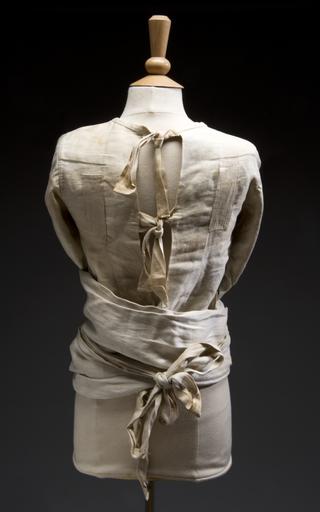
Electrocardiogram (ECG) monitor, Bristol, England, 1946-1949




Electrocardiogram (ECG) monitor made by Bunny Warren at the Burden Neurological Institute from surplus navigational equipment in the late 1940s. Used at Frenchay Hospital, Bristol.
Electrocardiography (ECG) is a bedside technique for examining the heart. The electrocardiograph detects and records the tiny electrical signals that coordinate the heart’s beats. These signals can also indicate heart disorders. The signals ripple outwards and are picked up by metal sensors stuck to the skin to produce a visual output - the electrocardiogram. Willem Einthoven (1860-1927) developed the electrocardiograph during the early 1900s.
This electrocardiogram monitor was made from surplus navigational equipment in the late 1940s. The Second World War resulted in massive advances in the electronics industry. Surplus machinery after the war was recycled by a highly skilled industry. The monitor was used at Frenchay Hospital, Bristol, but made at the Burden Neurological Institute in Bristol. The institute was founded by the Reverend Burden in 1939 and is an independently-funded research unit. It specialises in the human nervous system and human neurological disorders.
Details
- Category:
- Psychology, Psychiatry & Anthropometry
- Object Number:
- 2001-203
- Materials:
- metal
- Measurements:
-
overall: 300 mm x 420 mm x 220 mm,
- type:
- electrocardiograph
- credit:
- The Burden Neurological Institute




